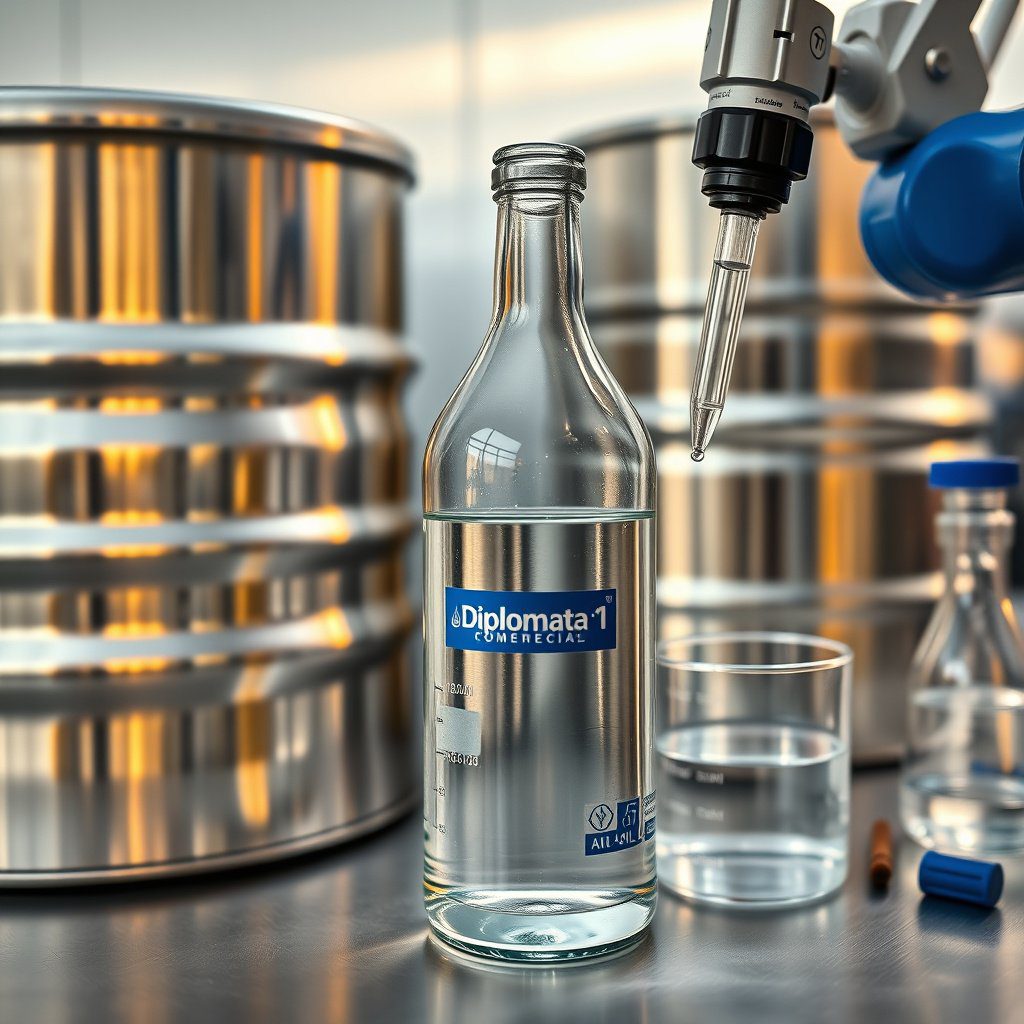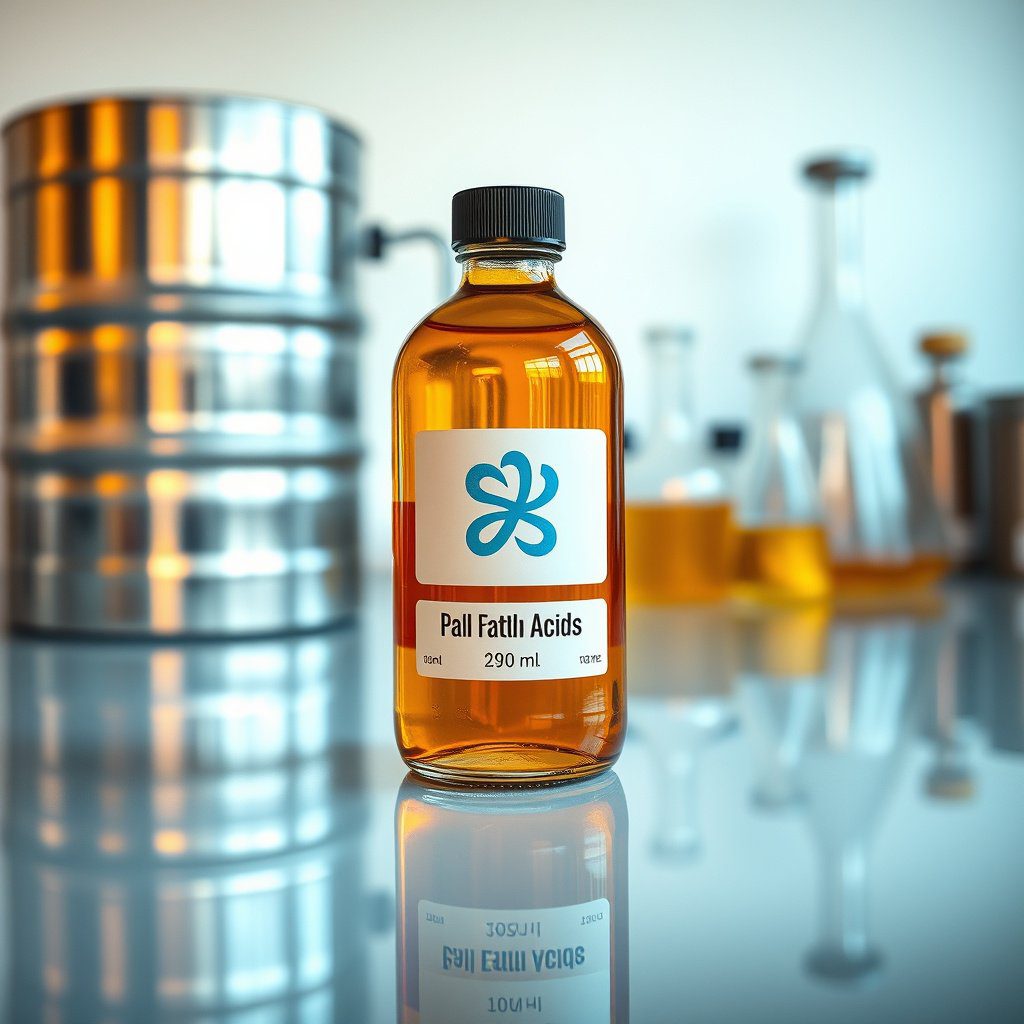Understanding High-Purity Amines Regulations
High-purity amines regulations are essential for ensuring the safe production, distribution, and use of chemical substances such as monoethanolamine, diethanolamine, and triethanolamine. These regulations aim to protect public health and the environment while facilitating trade in high-concentration amines. Compliance with these regulations is crucial for suppliers and manufacturers in the chemical industry, particularly those looking to export to markets like the United States.
Key Regulatory Bodies
Several regulatory bodies govern the production and distribution of high-purity amines. In the United States, the Environmental Protection Agency (EPA) and the Occupational Safety and Health Administration (OSHA) play significant roles in establishing safety standards and environmental regulations. Additionally, the Food and Drug Administration (FDA) oversees the use of certain amines in food and pharmaceutical applications, ensuring that they meet safety and quality standards.
Classification of High-Purity Amines
High-purity amines are classified based on their chemical structure and purity levels, typically available in concentrations of 85% and 99%. This classification is crucial for various applications, including pharmaceuticals, agrochemicals, and industrial processes. Understanding these classifications helps suppliers like Diplomata position themselves effectively in the market and meet the specific needs of their customers.
Purity Standards and Testing
To comply with high-purity amines regulations, manufacturers must adhere to strict purity standards and testing protocols. These standards often involve rigorous analytical methods to confirm the concentration of amines and detect impurities. Common testing methods include gas chromatography and mass spectrometry, which ensure that products meet the required specifications for safety and efficacy.
Transport and Storage Regulations
Transporting high-purity amines requires compliance with specific regulations to prevent spills and contamination. The Department of Transportation (DOT) in the U.S. has established guidelines for the safe packaging and transport of hazardous materials. Additionally, storage facilities must meet stringent safety requirements to minimize risks associated with the handling of these chemicals, including proper labeling and containment measures.
Environmental Impact Considerations
Environmental regulations surrounding high-purity amines focus on minimizing the impact of chemical substances on ecosystems. This includes adhering to the Clean Air Act and the Clean Water Act, which set limits on emissions and discharges. Suppliers must implement sustainable practices to reduce their environmental footprint, thereby enhancing their reputation as responsible manufacturers in the global market.
Compliance and Reporting Requirements
Compliance with high-purity amines regulations involves regular reporting to regulatory agencies. This may include submitting safety data sheets (SDS), annual reports, and notifications of any incidents involving hazardous materials. Keeping accurate records and ensuring timely reporting is essential for maintaining compliance and avoiding potential penalties.
International Regulations and Trade Considerations
When supplying high-purity amines internationally, it is critical to understand and comply with regulations in the target countries. Different countries may have varying standards for chemical purity and safety. For example, the European Union has its own set of regulations regarding chemical substances, known as REACH (Registration, Evaluation, Authorisation and Restriction of Chemicals), which suppliers must navigate to successfully export their products.
Future Trends in High-Purity Amines Regulations
As the demand for high-purity amines continues to grow, so too will the regulatory landscape. Emerging trends include increased scrutiny on environmental impact and a push for more sustainable manufacturing practices. Suppliers must stay informed about these trends and adapt their operations to remain compliant and competitive in the global market.


